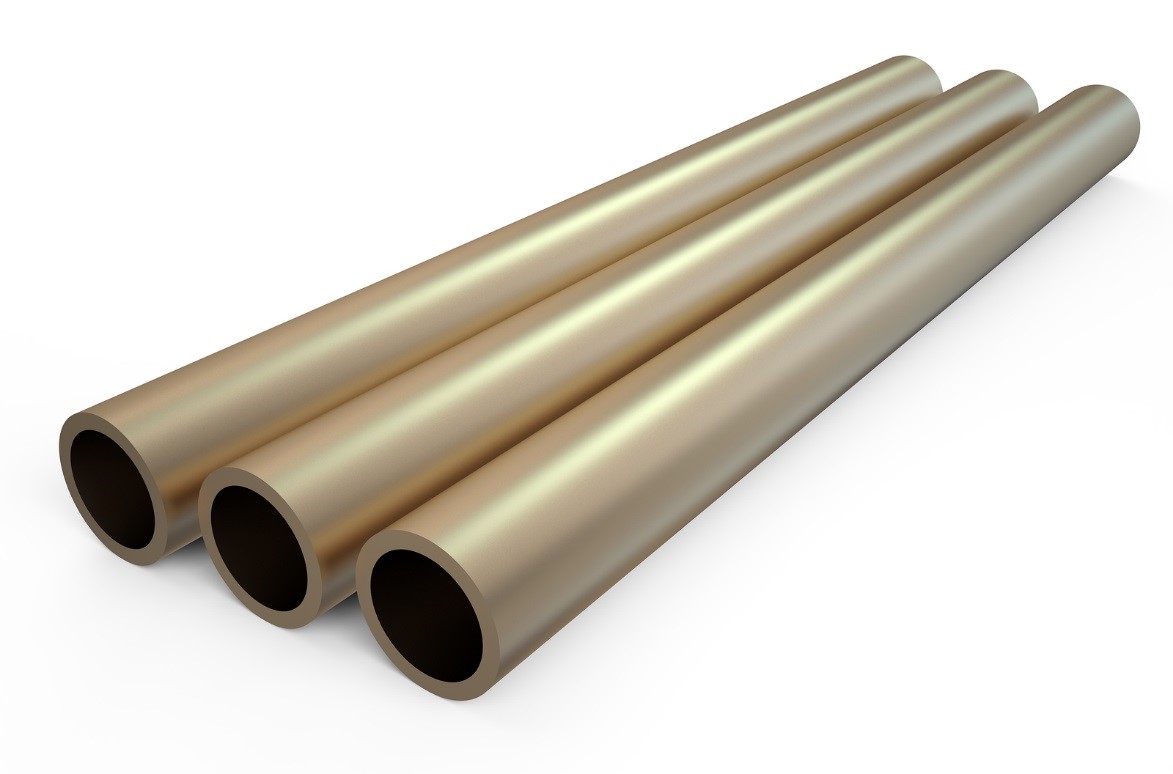Despite the fact that sculptures made primarily out of bronze is not a modern idea, it’s certainly regaining its old status in the modern art world as primary material for sculptures. Current bronze prices are making most of the country’s artisans re-think their choice of base material for their next masterpiece.
The Shift: From Bronze to Stone, and Back Again
Though bronze still holds the crown for the most popular material for cast metal sculptures, its use as primary material for sculptors has decreased over the years as the majority of these visual artists choose stone, ceramic, and more recently, resin to compensate. The main reason for the shift was the increasing world market price for copper, which is the primary component of bronze.
While it is true that the price of copper has not changed much in recent years, experts have argued that bronze prices shouldn’t be affected much by copper’s off-the-shelf prices, but are subjected to price shifts in scraps which are mostly dictated by its point of manufacture. This means the price of a single bronze tube is relatively independent from the current copper price. Whatever price increase bronze have suffered in the recent years are more likely due to the supply of copper alloy cast products not being able to meet the escalating demands for it. After all, not only sculptors but also artisans of all disciplines have found bronze as an effective medium for their work. Even oil painters sometimes use bronze or copper sheets to paint on instead of the usual canvas.
Since the price of either bronze tube or bar does wholly depend on the current copper price in the market, you can safely assume that the price of scrap alloy (which some sculptors buy to melt and cast) are not that far behind. Indeed, an increasing number of sculptors are finding out that buying bronze is not as complicated nor as expensive as they first thought it would be.
Advantages of Choosing Bronze
Compared to other materials, like stone and ceramic, bronze is still more expensive. Yet, the return on investment in casting bronze sculptures is definitely worth it. A single bronze statue can cost up to $1000 depending on the complexity of the design, size, and other related factors.
Bronze also gives a sculptor a greater degree of freedom in designing, specifically because of the alloy’s high tensile strength. It enables the artist to create complicated designs and poses without much thought. Aside from its inherent strength, bronze is also intensely durable. Indeed, the only reason that the ancient marble statues outnumber its bronze counterparts in today’s era is because the previous world wars have forced soldiers to melt these statues into weapons and ammunition to support their respective causes. Otherwise, a bronze statue can last a very long time.
Small projects usually involve casting but for large or life-size sculptures, welding is also a basic skill that bronze sculptors must definitely possess. While bronze resin and electroplated bronze tend to be cheaper, using a pure bronze alloy, either in tube or bar form, gives your sculpture better worth or value. In fact, buyers of bronze sculptures tend to treat these masterpieces as solid investments.
Sculptures made from bronze are sophisticated and elegant. These pieces of art are rightfully called the “Tiffany” of metal casting, not only because of the handsome price it fetches for the artist, but the amount of skills and expertise that goes with making a single piece. Furthermore, a bronze sculpture can last for more than a couple of lifetimes. Generations of art aficionados will be able to appreciate a bronze statue’s everlasting beauty and grace longer than any type of medium ever would.
Sources:
How Bronze Sculpture is Made: A step-by-step look at casting a piece of bronze sculpture, CollectorsGuide.com
High Copper Prices Force Sculptors Into Post-Bronze Age, HuffingtonPost.com
Scrap Consumption In The U.S., Copper.org


